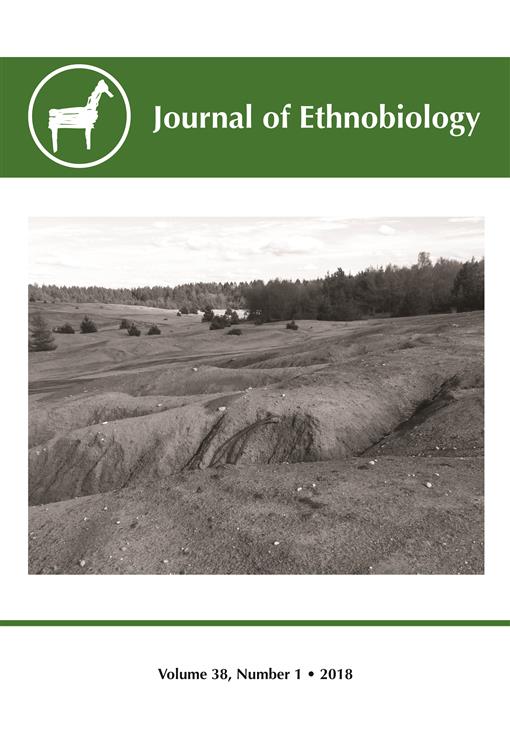On the western edge of the former brown coal mines in Søby, an area in central Jutland in Denmark that is now protected as a natural and cultural heritage site, a public eyesore hides behind dirt mounds and fences: the waste disposal and recycling facility known as AFLD Fasterholt. Established in the 1970s, when prevailing perceptions were that the entire mining area was a polluted wasteland, the AFLD Fasterholt waste and recycling plant has since changed in response to new EU waste management regulations, as well as the unexpected proliferation of non-human life in the area. Based on field research at this site—an Anthropocene landscape in the heartland of an EU-configured welfare-state—this article is a contribution to the multispecies ethnography and political ecology of wastelands. We argue that “waste” is a co-species, biopolitical happening—a complex symbolic, political, biological, and technological history. We combine ethnographic fieldwork, social history, wildlife observation, and spatial analysis to follow what we call “undomestication,” the reconfiguration of human projects by more-than-human forms of life into novel assemblies of species, politics, resources, and technologies. Waste landscapes, this article argues, are the result of unheralded multispecies collaboration that can be traced empirically by attending ethnographically to multispecies forms of “gain-making,” the ways in which humans and other species leverage difference to find economic and ecological opportunity.
How to translate text using browser tools
1 March 2018
Wasteland Ecologies: Undomestication and Multispecies Gains on an Anthropocene Dumping Ground
Colin Hoag,
Filippo Bertoni,
Nils Bubandt

Journal of Ethnobiology
Vol. 38 • No. 1
March 2018
Vol. 38 • No. 1
March 2018
marginal gains
multispecies anthropology
waste management
wastelanding




